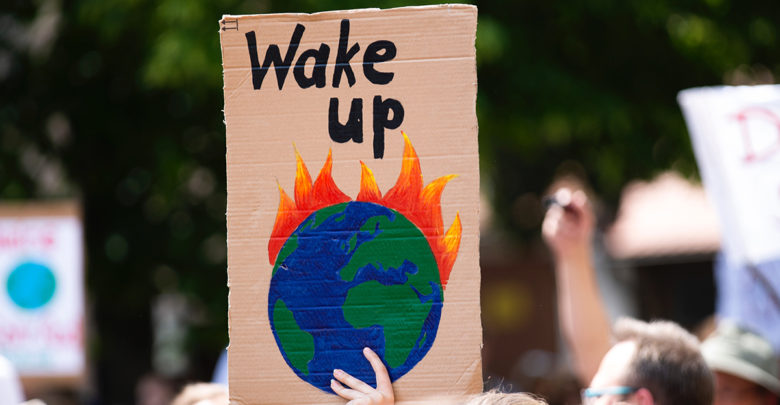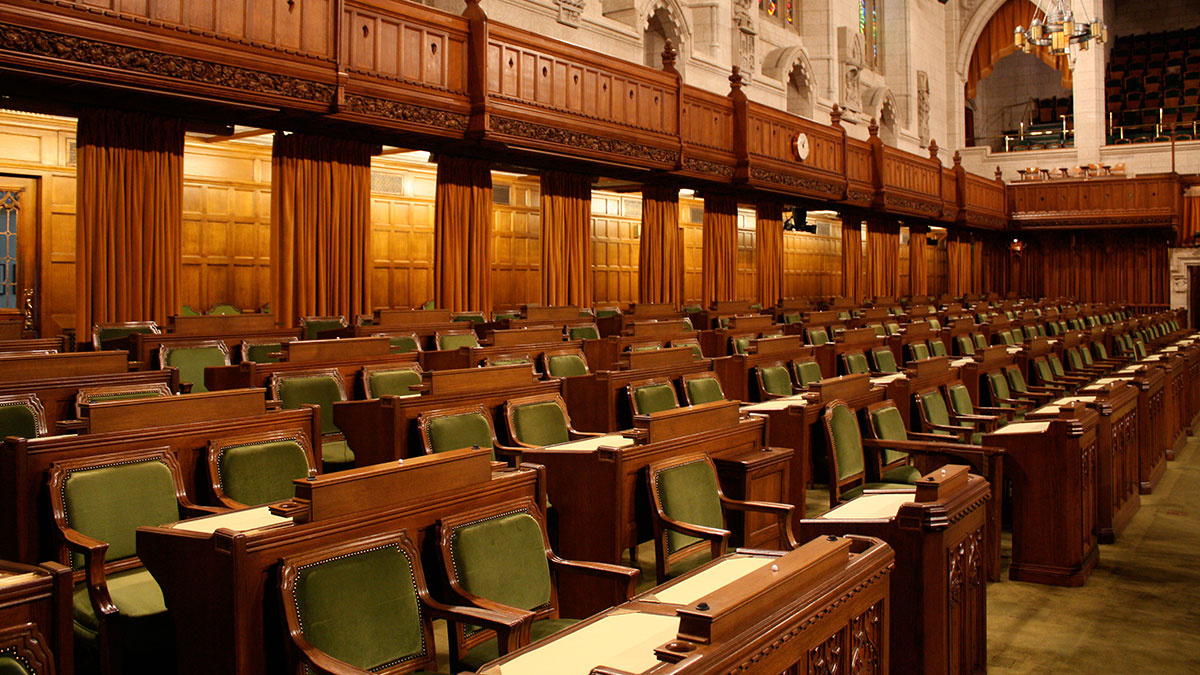 Unsplash
UnsplashMassive summer heat waves, rampant forest fires, and severe weather systems mean Edmontonians need to be diligent about their climate impact, now more than ever.
Summer is quickly coming to an end. Pretty soon, we’ll be back to long, mid-winter walks across campus in the freezing cold. And although they’re already horrible, imagine how bad they could be with even worse weather extremes. Climate change is worsening, and Edmonton is no exception.
In the past few months, it may seem like we have seen a shocking increase in unprecedented heat waves, hail storms, and forest fires. But it’s not as surprising as we think. Climate scientists have been warning us about the dangers of increasing global temperatures ever since the discovery of the hole in the ozone layer. And with recent events like the 2021 Alberta heat wave, their concern is only growing.
There is more climate change awareness around the world, showcased in events like the University of Alberta students’ climate change walkout and Greta Thunberg’s climate activism. However, urban cities still consume 78 per cent of global energy and produce over 70 per cent of greenhouse gasses worldwide. With Edmonton being home to the second-highest population in Alberta, we need to stop being complacent about the climate crisis. We need to start making changes on an individual and municipal level.
Climate change is a lot more than global warming. It doesn’t necessarily mean an increase in temperatures worldwide, but changes in global weather patterns. These changes are often brought on by pollution, greenhouse gas emissions, and even urban development.
What Edmontonians fail to realize are the specific consequences climate change will create for our city. These include more severe weather patterns — like Edmonton’s recent hail storm — meaning more damage to our cars and crops.
Rising sea levels also mean our favourite vacation spots like Venice will be inaccessible and even swallowed up. Increased global temperatures will have our bridges and roads cracking due to the heating and melting of bitumen and concrete. This means more summer construction as Edmonton’s infrastructure struggles to keep up. Additionally, crime rates increase during heat waves. Some studies show a high correlation between violence and rising global temperatures due to climate change.
Without a doubt, the most concerning consequence of climate change is death. When we think of death from the elements, we think of the Sahara Desert or Antarctica. Not British Columbia and Alberta. However, the B.C. heat dome of 2021 killed nearly 600 residents, with 231 people passing away on June 29 alone. This heat then radiated to Alberta, specifically Edmonton, showing week-long record temperatures, and causing 66 deaths province-wide.
Experts say this is only the beginning of new summer highs. Albertans should expect to see these “once in a lifetime” climate events occurring up to once every decade. It may seem like climate change is only a concern for polar bears and penguins. In reality, the climate catastrophe changes every aspect of Edmontonians’ lives, and heat waves are the least of our problems. We need to act now.
It’s important to acknowledge that climate change is more than just greenhouse gasses produced in cities. It also comes from our consumerism as individuals. It’s no secret we live in an unequal world, as shown by Jeff Bezos being on track to become the world’s first trillionaire, while Yemen simultaneously faces a famine. Climate change is driven by this same income inequality.
Consumerism worldwide means that the richest one per cent of the global population accounts for greater emissions than the poorest 50 per cent. By checking our consumption of fast fashion, excessive food, and exuberantly high amounts of water, we can start to lower our effect on climate change.
But what else can we do? Edmontonians can encourage city leaders to create green infrastructure in our downtown core and its surrounding areas. Green infrastructure uses nature in a way that promotes its prosperity, while also harnessing its natural capabilities like water filtration and irrigation — making traditional and ineffective wastewater treatment plants obsolete.
Additionally, shopping locally is an amazing way to reduce greenhouse gas emissions from transcontinental product transportation. Because local goods are made in our own backyards, they don’t rely on planes, trains, or long-haul trucking to get them to their destination.
Finally, consider beautifying your garden this summer through rewilding. Adding native Albertan plant species to flowerbeds encourages the return of endangered birds, bees, and insects that have previously been driven out of Edmonton due to urbanism. Rewilding is a tangible way for Edmontonians to keep our properties beautiful while helping the environment.
With climate change ushering in a new era of severe weather events, it may seem like all hope is lost. However, living in an urban city means we have the highest influence on the acceleration or reversal of climate change. Through simple changes in our day-to-day lives, both individually and collectively, Edmontonians can make sure we are on the right side of the fight against climate change.
Edmonton, our house is burning — and it’s up to us to put it out.




